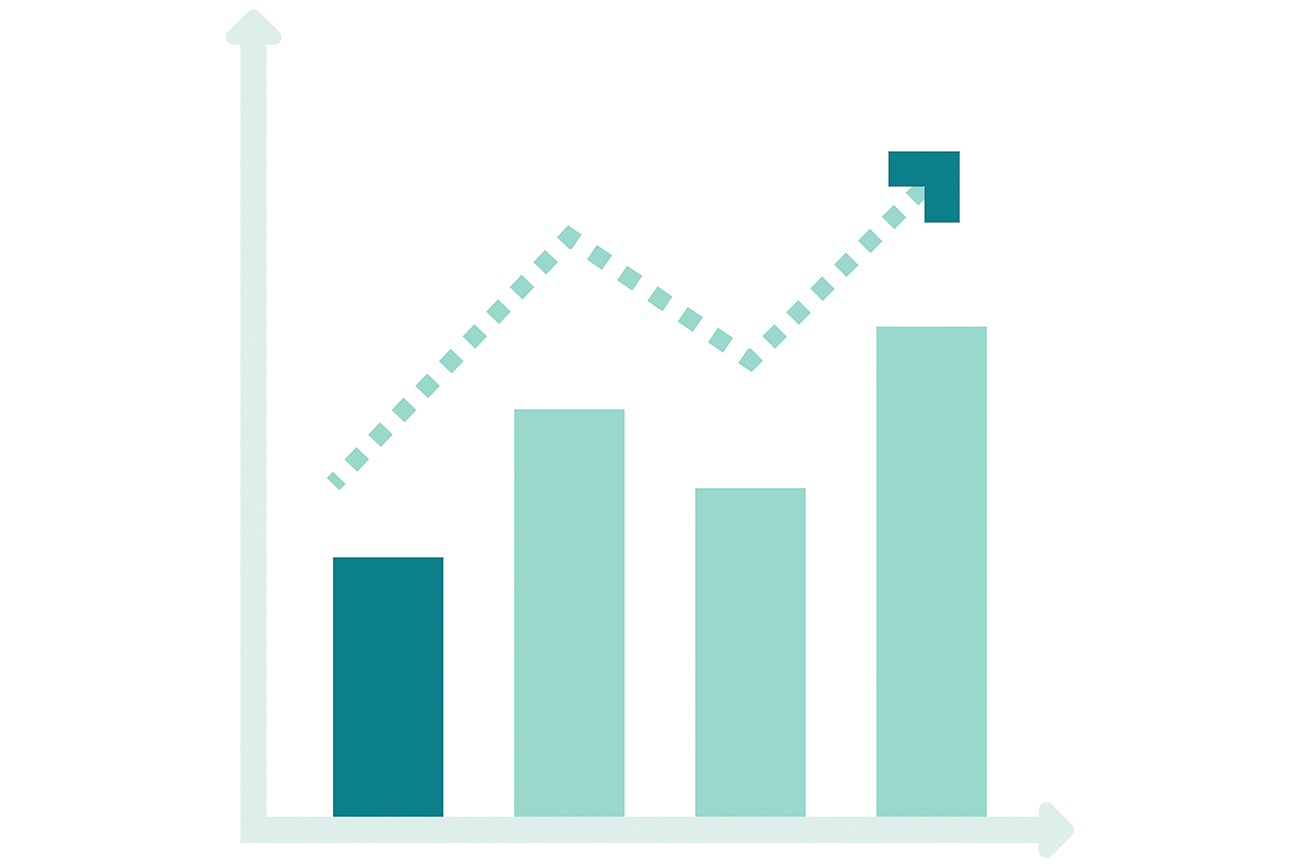
The Three Biggest Google Ads Trends in 2024
1. Introduction
Google Ads is evolving rapidly, and what worked last year may no longer be effective. Rising costs, shifting conversion rates, and changing bidding strategies mean that advertisers need to rethink their approach to remain profitable. Businesses that fail to adapt risk paying more for worse results, making it critical to stay ahead of new advertising trends.
In 2024, three key trends are shaping the performance advertising industry, according to WordStream’s Google Ads Benchmarks 2024:
- The rising cost of clicks (CPC). The average CPC has increased to $4.66, up from $4.22 last year, with some industries experiencing over 25% growth in costs. This makes it more expensive for businesses to drive traffic through paid ads, forcing advertisers to rethink their bidding strategies.
- Declining conversion rates (CVR). Conversion rates are dropping across multiple industries, indicating that users are becoming harder to convert. The average conversion rate has decreased to 6.96%, down from 7.04%last year. Some industries, such as Finance, Insurance, and Dental Services, have seen declines exceeding 10%, making customer acquisition increasingly difficult. Advertisers must refine their targeting, messaging, and lead quality assessment to maintain profitability.
- Rising Cost Per Lead (CPL). The average cost per lead has surged to $66.69, up from $53.52 last year, marking a 25%+ increase. Some industries, including Physicians & Surgeons, Sports & Recreation, and Pet Services, have seen even greater spikes, forcing businesses to spend significantly more to acquire the same number of leads. The primary causes are rising CPC, declining conversion rates, and increased competition for high-value customers. Advertisers must move beyond basic lead volume and optimize for lead quality to maintain profitability.
2. Trend #1: The Rising Cost of Clicks (CPC) – Why Advertisers Are Paying More
What’s Happening?
In the past year, the average cost per click has increased from $4.22 to $4.66, representing a 10% rise overall, with some industries experiencing over 25% growth. Real Estate, Personal Services, and Sports & Recreation were among the hardest-hit categories. As competition intensifies and Google’s automated bidding models prioritize higher-bidding advertisers, the cost of acquiring traffic continues to rise, making it more difficult for businesses to sustain their advertising budgets.
How to Adapt
Traditional CPC bidding models are becoming unsustainable. Advertisers should transition toward Value-Based Bidding (VBB), focusing on maximizing return on ad spend (ROAS) rather than just reducing CPC. AI-driven predictive bidding models, such as FunnelFlex, allow businesses to identify high-intent users before bidding, ensuring ad budgets are spent efficiently. This approach ensures that businesses are targeting users more likely to convert, rather than simply generating clicks.
3. Trend #2: Lower Conversion Rates (CVR) – How to Stop Paying for Bad Traffic
What’s Happening?
Conversion rates have declined from 7.04% in 2023 to 6.96% in 2024, indicating a drop in overall ad effectiveness. The decline has been particularly significant in Finance, Insurance, and Dental Services, where conversion rates have dropped by over 10%. Google’s automated bidding models often struggle to distinguish between high-intent leads and casual browsers, leading to wasted ad spend on unqualified traffic.
How to Adapt
Advertisers must move beyond optimizing for total conversions and instead focus on high-value customers who bring in long-term revenue. Instead of prioritizing lead quantity, businesses should optimize for customer lifetime value (LTV). AI-powered predictive models, such as FunnelFlex, can analyze user intent signals before a click even occurs, helping advertisers filter out low-quality traffic and allocate budget more effectively. Smarter bidding strategies aligned with actual revenue potential will be essential for long-term advertising success.
4. Trend #3: The Rising Cost Per Lead (CPL) – Why Advertisers Are Paying More for Customers
What’s Happening?
The average cost per lead (CPL) has surged from $53.52 in 2023 to $66.69 in 2024, marking an increase of over 25%. The most affected industries include Physicians & Surgeons, Sports & Recreation, and Pet Services, where businesses are paying significantly more to acquire each lead. This trend is driven by rising CPC costs, lower conversion rates, and increased competition for high-quality leads.
How to Adapt
Advertisers must move beyond optimizing for the number of leads and instead prioritize lead quality and conversion value. Businesses should invest in AI-powered predictive modeling, such as FunnelFlex, to analyze real-time user behavior and predict which leads are most likely to convert into paying customers. By focusing on Value-Based Bidding (VBB) instead of cost-per-click models, companies can reduce wasted ad spend and ensure their budgets are being allocated toward the most profitable leads.
5. How Businesses Can Adapt to These Trends in 2024
Advertisers can no longer rely on outdated CPC and CPA models if they want to remain profitable in the evolving Google Ads landscape. The shift toward Value-Based Bidding, combined with AI-powered predictive modeling, offers a path forward for businesses looking to optimize ad spend and improve efficiency. Transitioning to advanced bidding strategies that prioritize real revenue impact will be essential for businesses seeking long-term success.
To stay ahead of the competition, businesses must adopt AI-driven ad optimization tools like FunnelFlex, which enable precise bidding, better targeting, and higher ROI on ad spend. Companies that fail to adapt risk continued increases in costs, declining conversion rates, and inefficient ad spending.
🚀 Want to stop wasting ad budget? 👉 Request a free demo of FunnelFlex today and start optimizing your Google Ads strategy with AI-powered bidding.
